Nine books about cooking that make perfect Christmas gifts for foodies, from Nigel Slater's latest to a book that 'deserves a Michelin star'
Leslie Geddes-Brown devours the latest cookery books to hit shelves, from a study of Italian food to a tour of Britain via the medium of cheese.
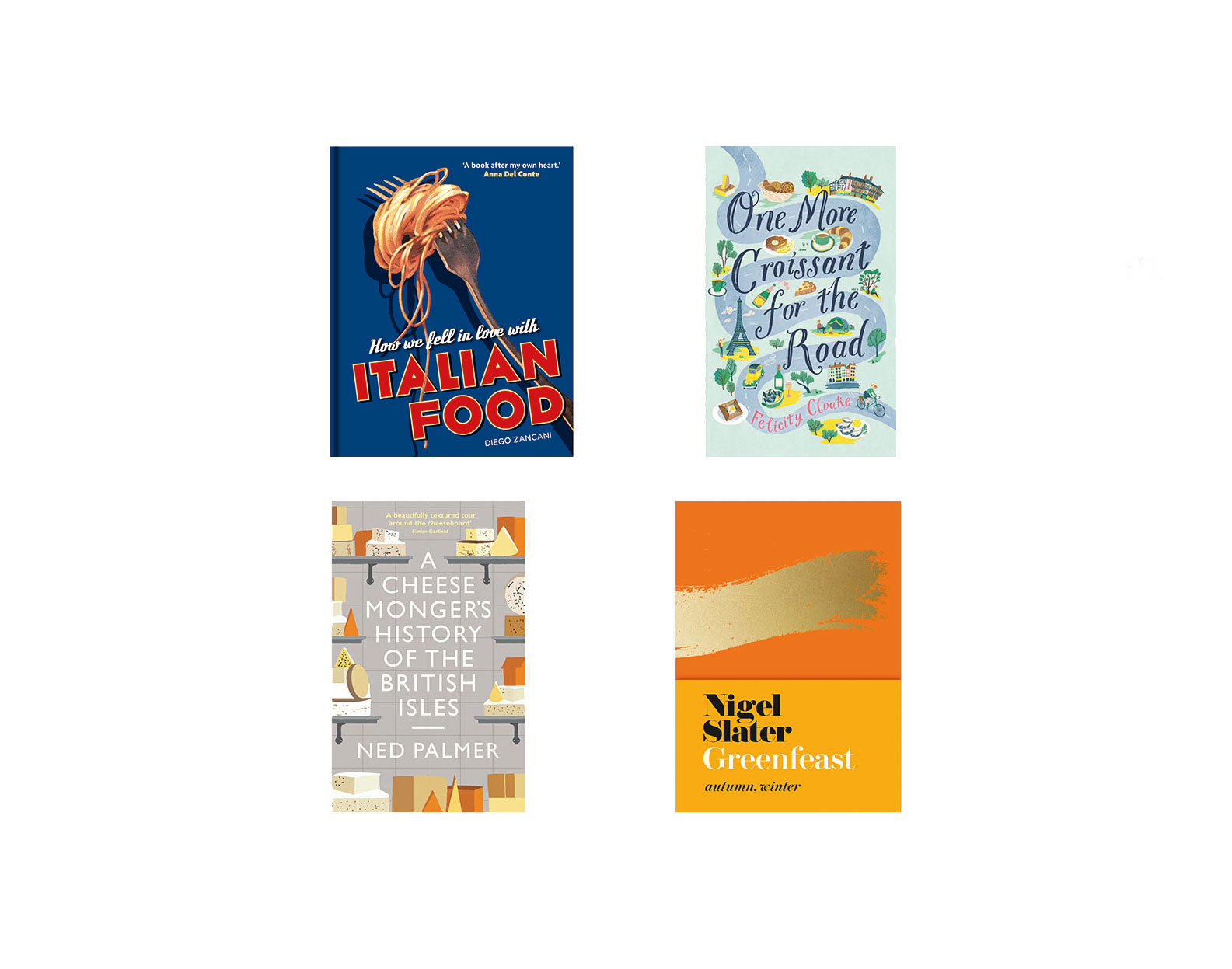

Greenfeast Autumn, Winter
By Nigel Slater; 4th Estate, £22
Nigel Slater has managed to produce an entirely vegetarian (not vegan) cookery book without any virtue signalling, ideal for any of us who simply like vegetables — with or without meat. Most of the recipes make perfect meals, rather than merely side dishes. This is the second volume in the series and is published at the perfect seasonal moment. Typical enticing ideas include: leeks with tomato and pecorino, and artichokes with winter roots and smoked salt.

California: Living + Eating
By Eleanor Maidment; published by Hardie Grant, £22
Give this book a Michelin star. It’s accessible, innovative, inspiring and beautifully designed. Californian food is fusion enough to be interesting without demanding too many strange ingredients. Eleanor Maidment, a British writer offering the likes of cioppino, fresh coconut salad and sourdough, says that, unlike most cuisines, which are rooted in history, California’s is of the future. Nassima Rothacker’s photographs catch the state’s relaxed atmosphere. Definitely one for the bookshelf.

Sardine
By Alex Jackson; published by Pavilion, £25
The title is nothing to do with little tinned fish, but the name of the author’s Provençal restaurant in London. Southern French cookery is much less arduous than the old grand cuisine: suggested menus include, for winter, new season’s olive oil used in soup, in a meaty daube and with cheese. I’m just off to make the black-fig-and-tomato salad, followed by cherries soaked in pastis.

Andaluz
By Fiona Dunlop; published by Interlink, £24.99
Sign up for the Country Life Newsletter
Exquisite houses, the beauty of Nature, and how to get the most from your life, straight to your inbox.
This book consists mostly of actual dishes cooked by chefs, cafe owners and real people, accompanied by atmospheric photos of the cooks, their kitchens and restaurants. There is, of course, gazpacho, cod with chorizo and almond and olive oil cake. Artichokes, apparently, were a Moorish favourite; I shall definitely try them sautéed with Iberian ham.

The Country Kitchen
By Jocasta Innes; published by Argonaut, £28
First published in 1979, this extremely popular book by cookery and colour guru Jocasta Innes has now been reissued by her family, with a preface by her daughter, Daisy Goodwin, new photographs by her son, Jason Goodwin, front cover illustration by her daughter-in-law, Kate Harris, and a redesign by her grandson, Isaac Goodwin.
Full of simple, easy-to-follow recipes, it’s a pioneer classic of good country cooking that breathes life into traditional practices, such as smoking fish and meats, pickling, preserving and making your own cheeses and yoghurt. Forty years after the first edition, it’s the ideal incentive for a new wave of interest in British food and culinary skills, with recipes ranging from faggots and rabbit pâté to Bath chaps and homemade ketchup.
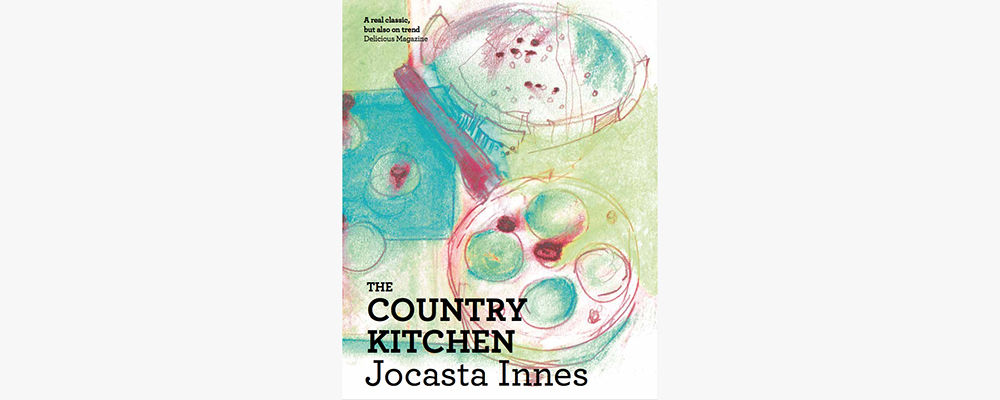
How We Fell in Love With Italian Food
By Diego Zancani; published by Bodleian Library, £25
What did the British eat before the Roman occupation? A pretty restricted diet is the answer, one that included flax oil, oats and, of course, beer. The Romans brought us onions, carrots, lettuce and asparagus. Pheasants and rabbits were on their menu, together with imported figs, olive oil and dates. This remarkable book by an Oxford emeritus professor of medieval and modern languages looks at the influence of Italian food since the first century ad — an influence that continues to this day: think Rose Gray and Ruth Rogers’s introduction of cavolo nero in the 1980s and the near universal adoption of balsamic vinegar more recently still. A triumph.

Pam the Jam: the Book of Preserves
By Pam ‘the Jam’ Corbin; Bloomsbury, £20
Everything you need to know about making jam — together with jellies, fruit curds and cheeses, marmalade, pickles, vinegars and ketchups — all explained simply with good illustrations.
Pam the Jam deserves her nickname: she made preserves at school and later set up a business filling up to 3,000 jars a day. Homemade jam, we learn, is much less sugary than shop-bought varieties, which legally have to contain at least 60% sugar, and vinegar is reduced in homemade pickles, which, in both cases, helps to release the flavour of the fruit.

One More Croissant for the Road
By Felicity Cloake; Mudlark, £14.99
The author set out to do her very own Tour de France in 21 stages, each with its own recipe. She was, of course, cycling, and measured each stage by the quality of the croissants she ate, as well as by other meals — and by the disasters. Like all visitors to France, she found the opening/closing hours infuriating and incomprehensible (one disaster was being turned away from a chocolate museum).
Worth a good read, while making onion soup and poule au pot in the intervals.
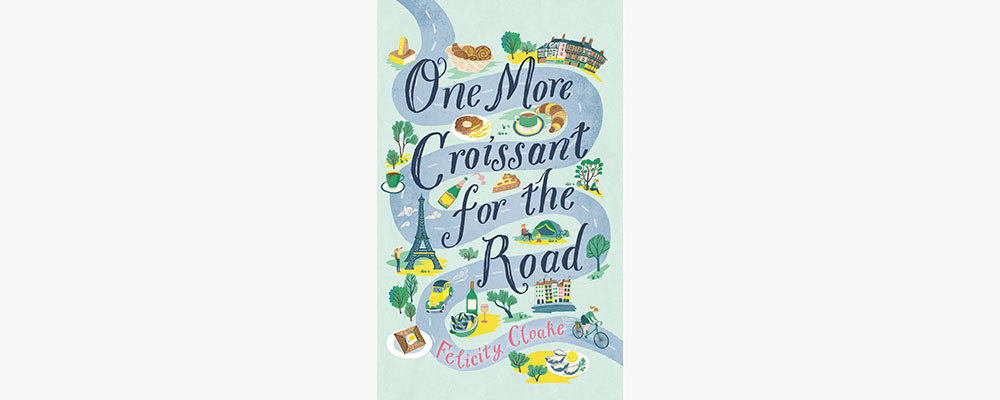
A Cheesemonger’s History of the British Isles
Ned Palmer; Profile, £16.99
With a title such as this, a good read is certain. Before cheesemongering, Ned Palmer studied philosophy, theatre and experimental psychology and worked as a jazz pianist. His history takes in cheeses from the Roman occupation to the present day, Tunworth being a direct descendant of Roman cheeses.
I particularly liked his section on post-modern cheese (Britain is actually catching up with France in number and variety), which includes Lincolnshire Poacher, Renegade Monk, Isle of Mull and, my own favourite, Suffolk’s Baron Bigod.
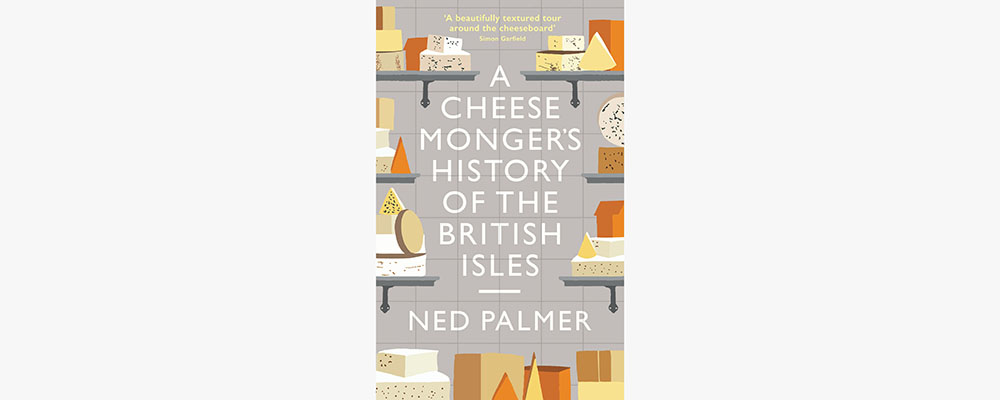

Country Life is unlike any other magazine: the only glossy weekly on the newsstand and the only magazine that has been guest-edited by HRH The King not once, but twice. It is a celebration of modern rural life and all its diverse joys and pleasures — that was first published in Queen Victoria's Diamond Jubilee year. Our eclectic mixture of witty and informative content — from the most up-to-date property news and commentary and a coveted glimpse inside some of the UK's best houses and gardens, to gardening, the arts and interior design, written by experts in their field — still cannot be found in print or online, anywhere else.
-
 Jungle temples, pet snakes and the most expensive car in the world: Country Life Quiz of the Day, April 14, 2025
Jungle temples, pet snakes and the most expensive car in the world: Country Life Quiz of the Day, April 14, 2025Mondays's quiz tests your knowledge on English kings, astronomy and fashion.
By James Fisher
-
 Welcome to the modern party barn, where disco balls are 'non-negotiable'
Welcome to the modern party barn, where disco balls are 'non-negotiable'A party barn is the ultimate good-time utopia, devoid of the toil of a home gym or the practicalities of a home office. Modern efforts are a world away from the draughty, hay-bales-and-a-hi-fi set-up of yesteryear.
By Annabel Dixon
-
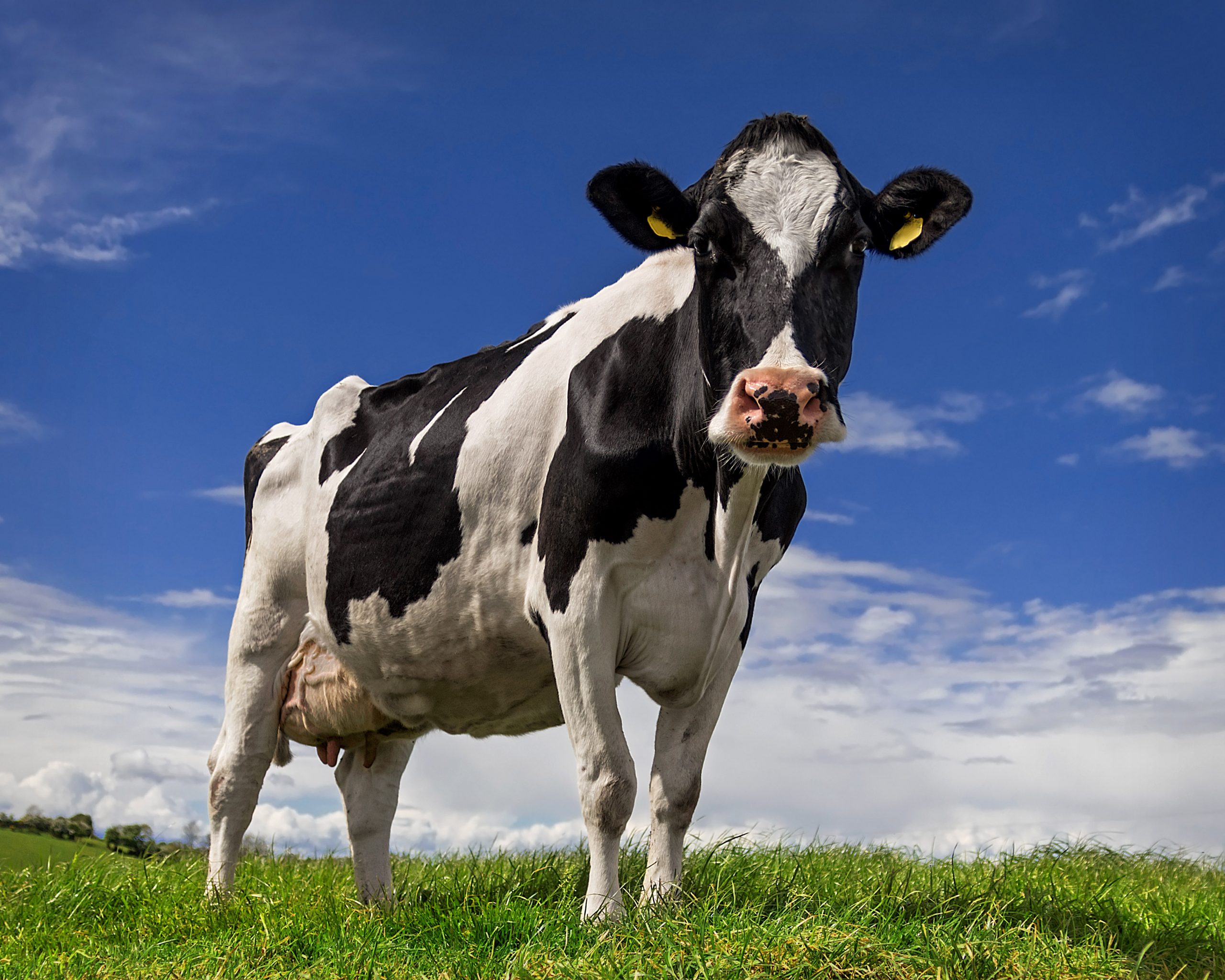 'The Swiss Army Knife of foods': Untangling the truth and lies around milk
'The Swiss Army Knife of foods': Untangling the truth and lies around milkMilk's reputation has seen plenty of ups and downs in recent years, but the farmer, chef and writer Matthew Evans is trying to put the record straight. Scottish farmer — and regular Country Life columnist — Jamie Blackett takes a look at Evans's new book, 'Milk: The truth, the lies and the unbelievable story of the original superfood'.
By Jamie Blackett
-
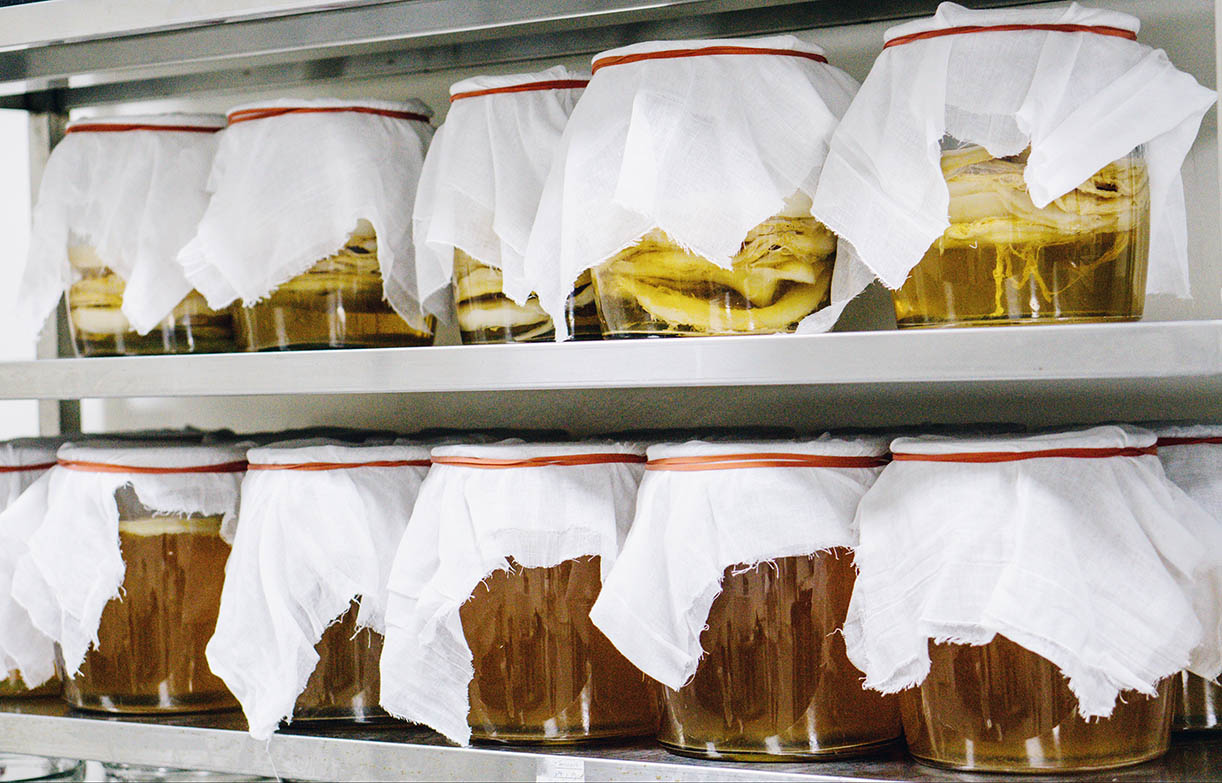 A beginner’s guide to fermentation: ‘After two days it smelt distinctly cheesy, but better at least than the dead-badger smell I was expecting’
A beginner’s guide to fermentation: ‘After two days it smelt distinctly cheesy, but better at least than the dead-badger smell I was expecting’From sauerkraut and kombucha fruit leather to pickled plums and honey marmalade, the art of fermentation is one well worth learning, advocates lifelong forager John Wright.
By Country Life
-
 Curious Questions: Who invented the gin and tonic?
Curious Questions: Who invented the gin and tonic?Gin and tonic is arguably the greatest cocktail ever created — but who first mixed these two seemingly unlikely ingredients together? A new book seeks to tackle this curious question.
By Toby Keel
-
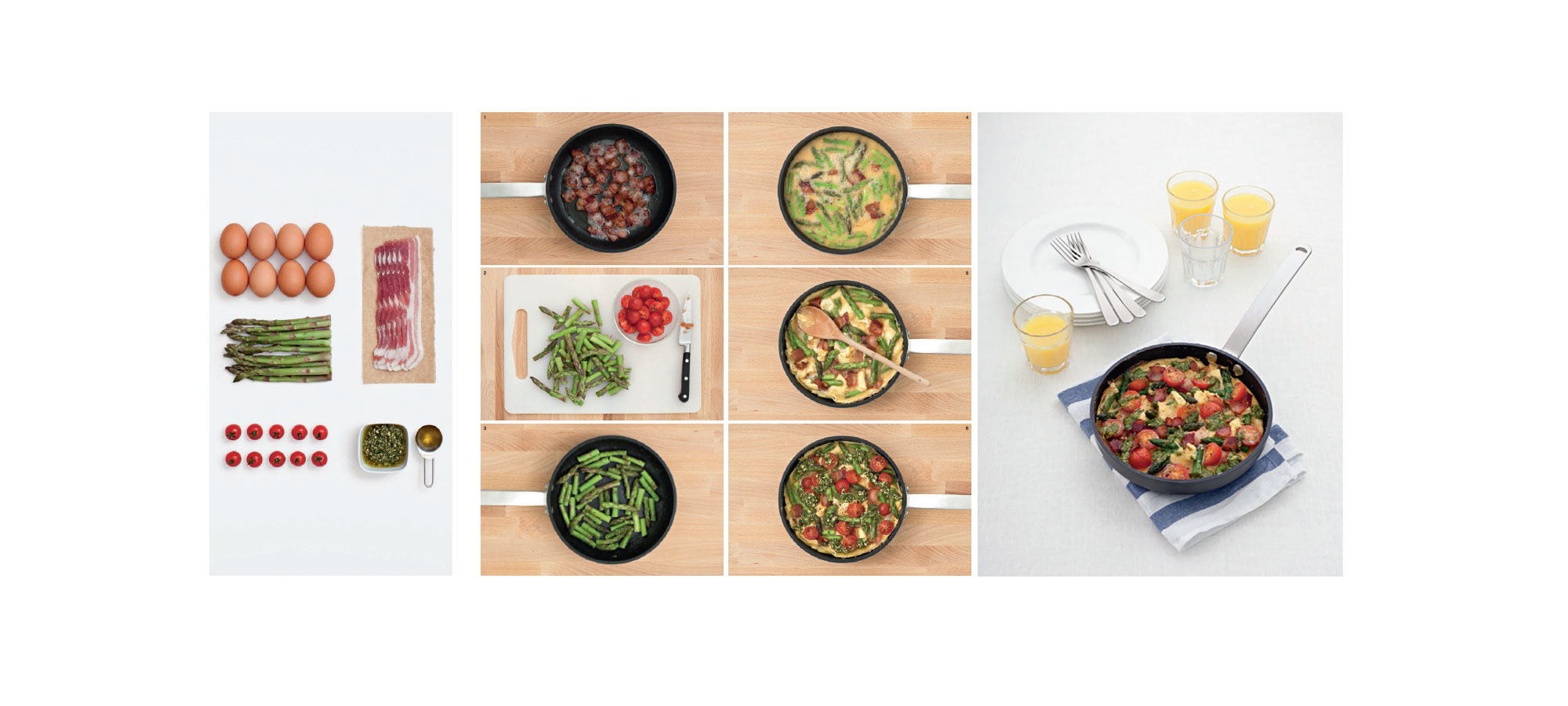 How to make Jane Hornby's asparagus and bacon frittata
How to make Jane Hornby's asparagus and bacon frittataThis delicious recipe ideal for an indulgent weekend brunch comes from Jane Hornby's latest cookery book.
By Toby Keel
-
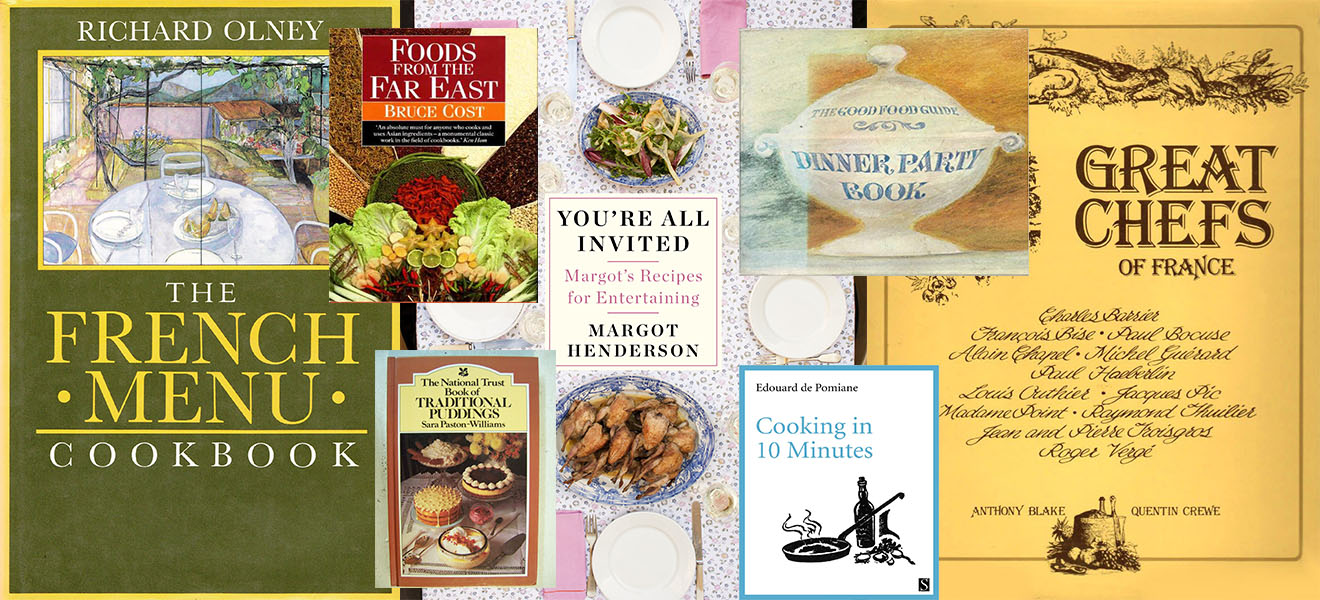 Simon Hopkinson's top ten cookbooks, from The French Menu to Food from the Far East
Simon Hopkinson's top ten cookbooks, from The French Menu to Food from the Far EastClear some shelf space because Country Life’s resident chef Simon Hopkinson, author of the award-winning Roast Chicken and Other Stories, has picked his all-time favourite cookbooks and their standout recipes.
By Simon Hopkinson
-
 11 cookbooks to inspire you to try something new in 2019
11 cookbooks to inspire you to try something new in 2019Publishers and authors, it seems, have got weary of the old cookery-book formula of lots of recipes and pretty pictures. Leslie Geddes-Brown selects some different offerings.
By Country Life
-
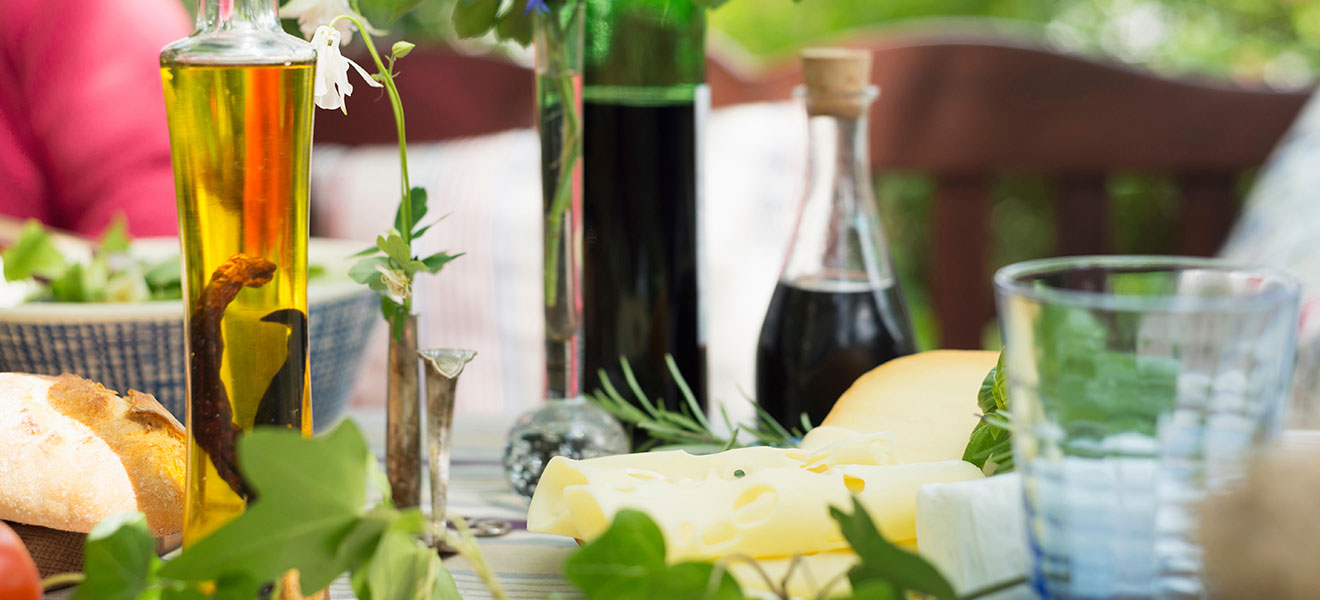 Six sublime cookbooks to help you make perfect Italian food
Six sublime cookbooks to help you make perfect Italian foodNo fewer than six new Italian food cookbooks are out this summer – which one should you get?
By Country Life